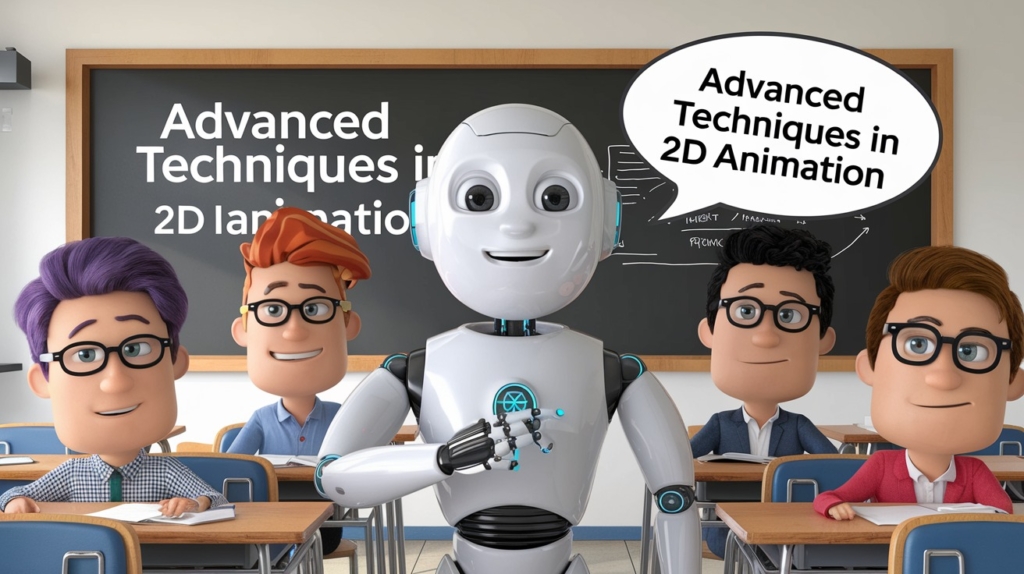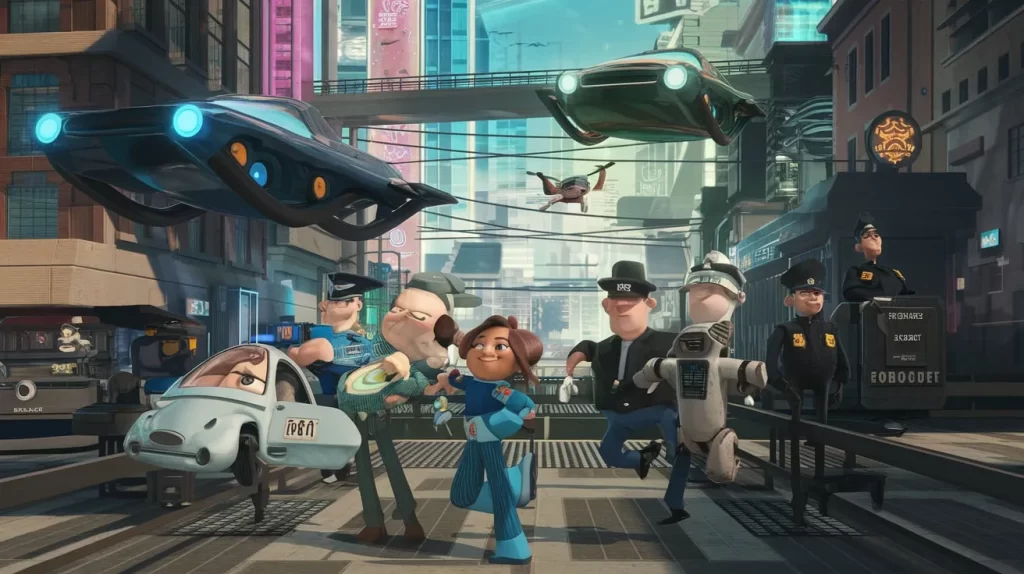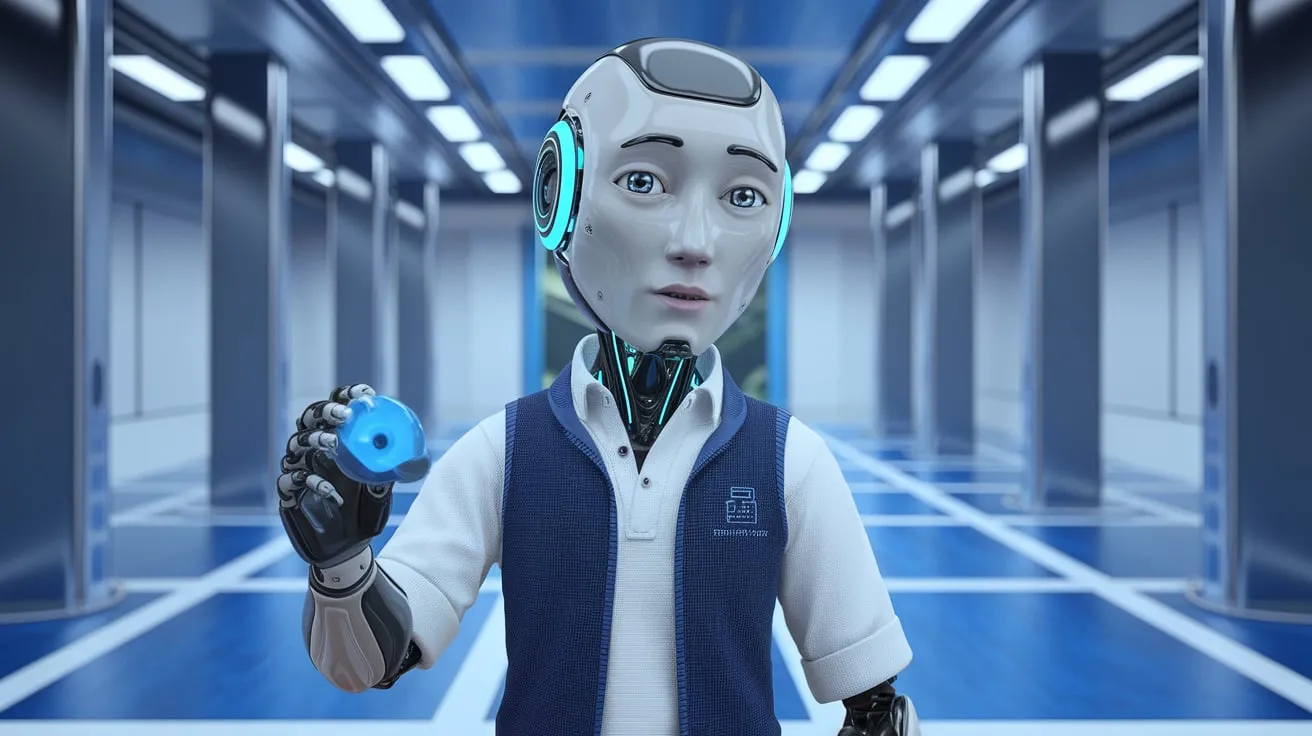2D animation has evolved considerably over the years, transforming from traditional hand-drawn methods to more advanced techniques that push creative boundaries. While 2D animation remains deeply rooted in classic artistry, the industry has embraced technology to streamline production and enhance the visual experience. We will explore advanced techniques in 2D animation, focusing on rigging, special effects, and the latest 2D animation tools. Whether you’re a professional animator looking to expand your skillset or someone looking to understand the technical side of animation, this guide will help you navigate the intricacies of modern 2D animation.

Brief Overview of Advanced Techniques in 2D Animation
In the past, 2D animation was a labor-intensive process, relying heavily on hand-drawn images to create frame-by-frame animations. However, the integration of modern tools and techniques has significantly changed this landscape. Rigging has simplified character animation, making it more efficient, while special effects have added realism and depth to 2D worlds. Today, AI-powered tools and advanced software have further enhanced animation workflows, giving animators more creative freedom and flexibility.
These innovations allow animators to create complex projects faster while maintaining high-quality standards. Whether for television, film, or web animation, these techniques have revolutionized the industry.
Related Posts:
- Best 2D Animation Software: Choosing the Right Tool
- The Process of Creating 2D Animation: From Concept to Completion
- Exploring Differences Between 2D and 3D Animation
Rigging in 2D Animation
Rigging is one of the most important techniques in modern 2D animation, particularly when working with characters or objects that need to move fluidly. It essentially involves creating a digital skeleton that defines how the character or object will move. Once a character is rigged, animators can control it more easily, making the animation process smoother and more efficient.
What is Rigging?
At its core, rigging is the process of setting up a character or object for animation by creating a digital skeleton, often referred to as a “rig.” This rig includes bones or control points that determine how the character moves. For example, a character’s limbs, head, and torso are connected by a system of joints that allow them to move naturally and believably.
Unlike traditional frame-by-frame animation, which requires animators to draw each frame individually, rigging enables animators to manipulate pre-created assets, saving time and allowing for smoother, more consistent animations. This is particularly useful for creating repetitive animations like walking or running.
Tools for Rigging
A wide range of tools is available for 2D rigging, offering various features and workflows to suit different animation needs. Some of the most popular rigging software includes:
- Toon Boom Harmony: One of the most widely used animation tools, Toon Boom Harmony allows animators to rig characters and create complex animation using both traditional and digital techniques. Its advanced rigging system allows for the creation of sophisticated rigs that can easily be manipulated.
- Spine: Spine specializes in 2D rigging, particularly for games and interactive media. Its powerful tools allow for the creation of highly detailed rigs and animations, making it a favorite among game developers.
- Adobe Animate: While Adobe Animate is known for its frame-by-frame animation capabilities, it also has robust rigging features. Its symbol-based animation system makes it easy to create reusable assets for character rigs.
- Creature: Creature is an advanced rigging tool with automated mesh deformers that allow for incredibly smooth, fluid animations. It’s ideal for animators who need to create detailed and natural-looking movements.
Best Practices for 2D Rigging
While rigging can significantly streamline the animation process, several best practices can help ensure the process is smooth and results in high-quality animation:
- Plan your rigging layout: Before beginning the rigging process, make sure to design your character with proper joint placement and flexibility in mind. This will ensure that the rigging works as intended and allows for natural movement.
- Use a hierarchy of controls: Organize your rig’s controls in a logical, easy-to-understand hierarchy. This will make the animation process more intuitive and save time when animating different parts of the character.
- Test your rigs: Once the rig is set up, test the character’s movements in various positions. This helps identify any issues or unnatural movements that might need adjusting before full-scale animation begins.

Special Effects in 2D Animation
In the world of 2D animation, special effects play a crucial role in enhancing the realism and impact of the final product. From adding depth through shadows and lighting to simulating natural phenomena like fire and smoke, special effects can make your animation more immersive and dynamic.
Related Posts:
- Best 2D Animation Studios & Agencies
- Exploring 2D Animation Careers: Turn Passion into Profession
- What is 2D Animation? A Beginner’s Guide
Adding Depth with Shadows and Lighting
One of the most effective ways to add depth to 2D animation is through shadows and lighting. These techniques create a sense of volume and dimensionality, making characters and environments feel more lifelike.
- Shading: Applying various shading techniques (flat shading, gradient shading, or soft shading) to objects can create the illusion of depth. Shadows cast by characters or objects help define their position in space and the direction of light.
- Lighting: By manipulating the lighting, animators can set the tone or atmosphere of a scene. Different lighting techniques, such as rim lighting or backlighting, can create dramatic effects that add emotional weight to an animation.
Using Particle Effects
Particle effects simulate natural phenomena such as smoke, fire, rain, or sparks, and they can bring added realism and energy to 2D animations. Software like Toon Boom Harmony and Adobe Animate includes built-in particle systems that make it easier to generate these effects.
These effects are especially useful for action scenes or for adding movement to environments. For example, using particle effects to create flying debris during an explosion or gentle raindrops falling in a serene scene can enhance the storytelling and visual appeal of your animation.
Integrating 2D with 3D Effects
Hybrid animation, where 2D animation is combined with 3D effects, is becoming increasingly popular in the industry. Integrating 2D characters and backgrounds with 3D elements allows animators to create dynamic, visually complex scenes while maintaining the stylistic charm of 2D.
- Depth and Perspective: 3D effects can be used to add extra layers of depth and perspective to 2D environments, making them feel more immersive.
- Camera Moves: By using 3D camera moves in a 2D animation, you can add cinematic effects like zooms, pans, and tracking shots, which are difficult to achieve in traditional 2D animation alone.
These hybrid techniques have been used in popular animations like Spider-Man: Into the Spider-Verse, where the combination of 2D hand-drawn and 3D techniques created a unique, groundbreaking visual experience.
Advanced 2D Animation Tools
To create high-quality animations, animators rely on advanced 2D animation software. The evolution of animation tools has led to the development of cutting-edge programs that allow for more intricate and detailed animation, including the use of AI-powered tools and advanced rigging techniques.
Exploring the Latest Tools for Creating Complex 2D Animations
Some of the most powerful tools available for 2D animation today include:
- Toon Boom Harmony: Known for its versatile features, including rigging and special effects, Harmony is a go-to tool for professional studios.
- Adobe Animate: This industry-standard software provides both frame-by-frame animation and rigging features. Its vector-based tools also make it easier to create scalable animations for different media.
- OpenToonz: A free, open-source alternative, OpenToonz offers powerful tools for traditional animation, including scanning and compositing capabilities.
- Krita: Originally a painting software, Krita has become increasingly popular for 2D animation due to its powerful brush tools, frame-by-frame animation capabilities, and ease of use for animators on a budget.
AI-Powered Tools in 2D Animation
AI tools like DeepMotion and RunwayML are revolutionizing 2D animation by automating complex tasks. These AI-powered tools can generate realistic motion capture data, automate in-betweening, and even create realistic character movement based on data analysis. As AI continues to evolve, it will undoubtedly transform the 2D animation landscape, making it more accessible and efficient for animators worldwide.
FAQs
What is the role of rigging in 2D animation?
Rigging involves creating a skeleton for a character that allows animators to control its movement efficiently. It makes the animation process smoother and more consistent.
How do special effects enhance 2D animation?
Special effects like shadows, lighting, and particle effects add depth, realism, and dynamism to 2D animation, making scenes more engaging and visually appealing.
What are the best tools for 2D rigging?
Tools like Toon Boom Harmony, Spine, and Adobe Animate are popular choices for 2D rigging, offering robust features for creating and manipulating character rigs.
Can 2D animation incorporate 3D elements?
Yes, hybrid animation techniques that combine 2D animation with 3D effects are increasingly common, allowing for more dynamic and immersive scenes.
Key Takeaways
Advanced techniques in 2D animation, such as rigging, special effects, and the latest animation tools, have significantly transformed how animators create and refine their work. Whether you’re interested in mastering rigging or exploring hybrid animation techniques, these innovations allow for more sophisticated, efficient, and visually striking 2D animations.
- Rigging is essential for creating fluid, lifelike movements in 2D animation.
- Special effects like shadows, lighting, and particle systems can enhance depth and realism.
- Hybrid techniques that combine 2D and 3D animation are revolutionizing the industry.
- AI-powered tools are set to redefine the animation process, streamlining tasks and improving efficiency.
